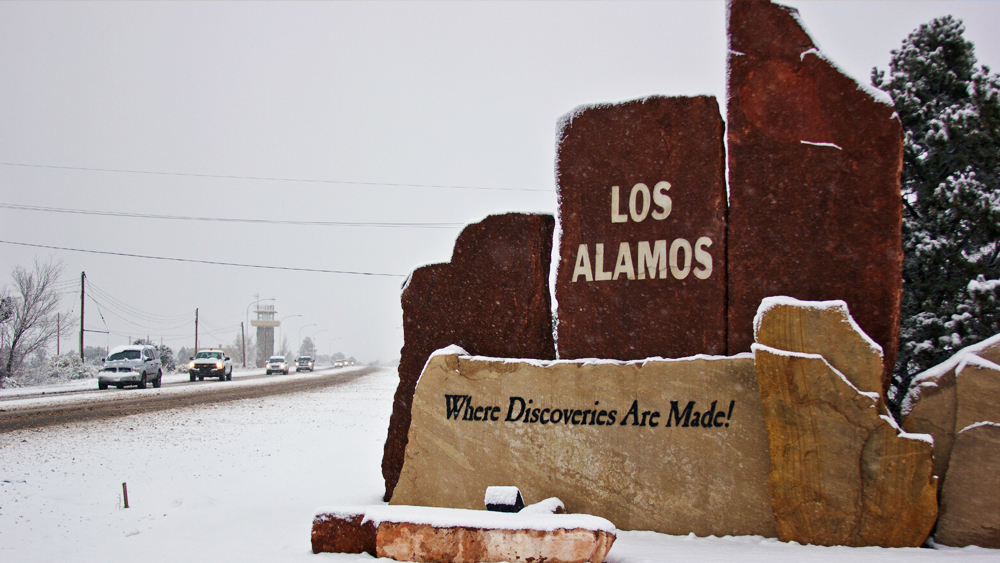
The Texas A&M University System Board of Regents created a new center Thursday, through which The Texas A&M University System and Los Alamos National Laboratory (LANL) collaboratively will address pressing national security issues.
The Joint Center for Resilient National Security will develop capabilities that can be applied to challenges such as maintaining national security in the face of rapidly evolving threats. It will leverage the latest academic research – including on topics such as high-performance computing and the behavior of systems under extreme conditions – to bolster capabilities of the national security laboratories.
Researchers from laboratories and universities also will address complex national security problems, including how to maintain nuclear deterrence without nuclear-explosive testing.
“The A&M System is here to serve the nation through the new center,” said John Sharp, chancellor of the Texas A&M System. “Applying our expertise to solving national security challenges is part of our DNA, and this joint center is a natural extension of our work.”
Los Alamos National Laboratory Director Thom Mason noted that national security relies on timely responses to changes in the world. The resilience and responsiveness of the U.S. national security enterprise is dependent on scientists in the national security national laboratories working with key faculty from U.S. universities, like those at Texas A&M System campuses.
The Texas A&M System, the University of California and Battelle Memorial Institute began the management of Los Alamos National Laboratory in November 2018 as members of Triad National Security, LLC.
The Texas A&M University System
The Texas A&M University System is one of the largest systems of higher education in the nation with a budget of $6.3 billion. The System is a statewide network of 11 universities; a comprehensive health science center; eight state agencies, including the Texas Division of Emergency Management; and the RELLIS Campus. The Texas A&M System educates more than 151,000 students and makes more than 22 million additional educational contacts through service and outreach programs each year. System-wide, research and development expenditures exceeded $1 billion in FY 2019 and helped drive the state’s economy.
